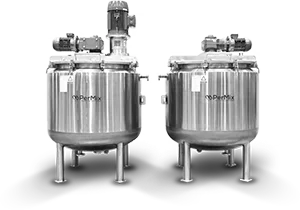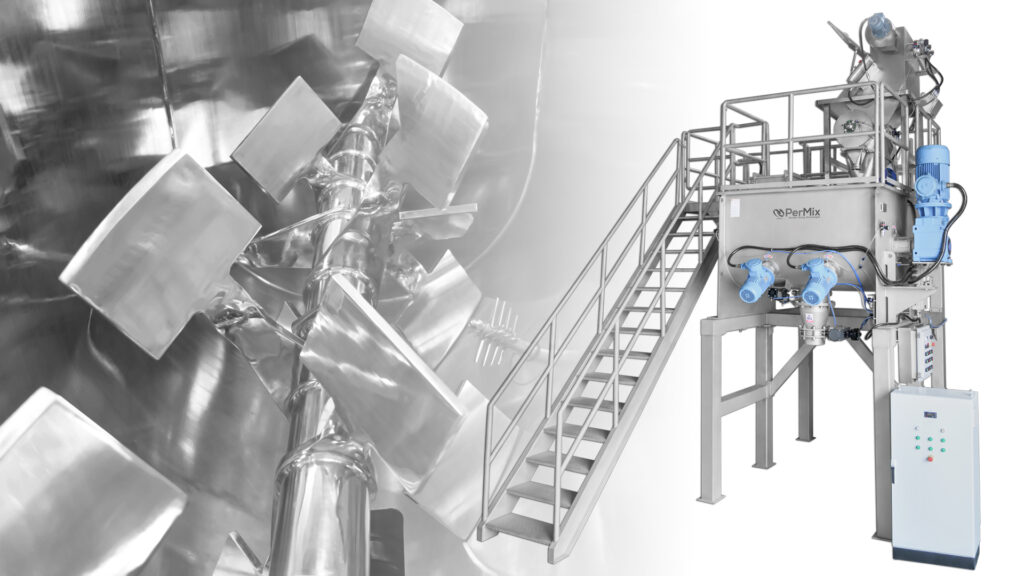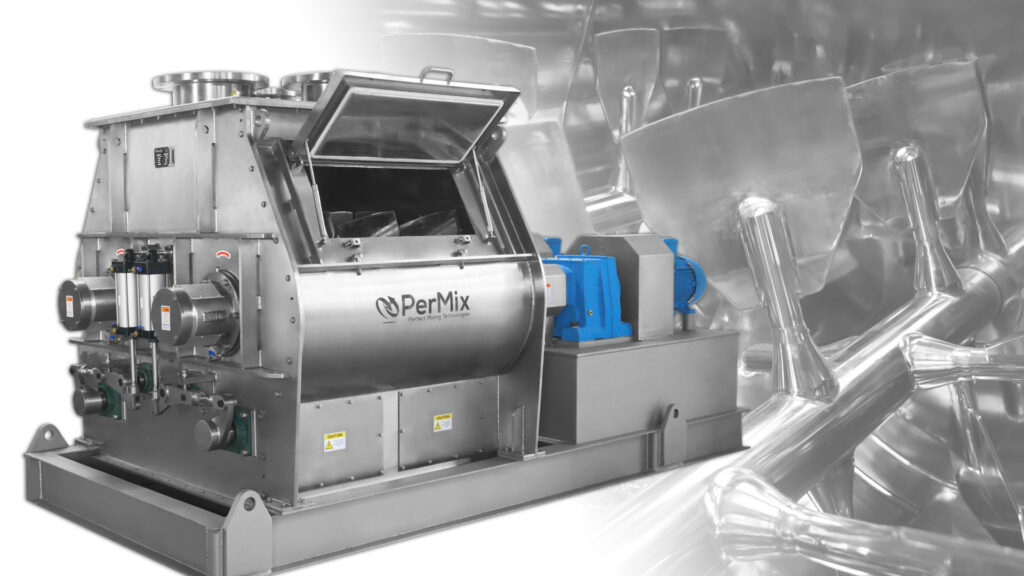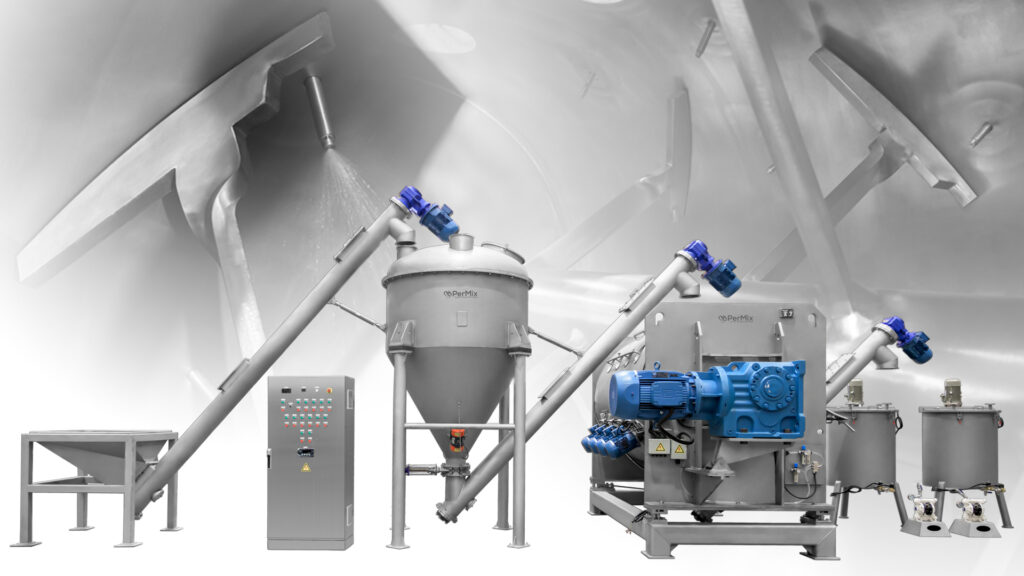Industrial Mixers
PerMix News & Updates



In this blog post, we will explore the importance of the surface area of agitation in paddle mixers and its role in enhancing the efficiency of mixing. Mixing is a fundamental process in various industries, including food processing, pharmaceuticals, and chemical manufacturing. The effectiveness of mixing directly impacts the quality and consistency of the final product.
Understanding Paddle Mixers
Paddle mixers are commonly used in industrial settings for blending and mixing dry or wet materials. They consist of a large, rotating paddle or multiple paddles that create a vigorous agitation within the mixing chamber. The design of paddle mixers ensures thorough blending of ingredients, resulting in a homogenous mixture.
The Role of Surface Area of Agitation
The surface area of agitation refers to the contact area between the paddles and the material being mixed. It plays a crucial role in determining the efficiency and effectiveness of the mixing process. A larger surface area allows for greater interaction between the paddles and the material, facilitating a more thorough blending.
Enhanced Mixing Efficiency
When the surface area of agitation is maximized, several benefits are observed. Firstly, an increased surface area promotes better dispersion of particles, ensuring that all components are evenly distributed throughout the mixture. This is particularly important when dealing with ingredients that have varying densities or particle sizes.
Additionally, a larger surface area improves the transfer of heat, if applicable, during mixing processes that involve temperature control. This is beneficial for applications such as food processing or chemical reactions that require specific temperature ranges for optimal results.
Optimizing Surface Area
To optimize the surface area of agitation in paddle mixers, several factors need to be considered. The design and arrangement of the paddles, as well as the speed and direction of rotation, greatly influence the surface area achieved. Manufacturers often customize paddle configurations to suit specific mixing requirements.
Furthermore, the filling level of the mixing chamber impacts the surface area of agitation. It is essential to ensure that the chamber is appropriately filled to maximize contact between the material and the paddles. Overfilling or underfilling can negatively affect mixing efficiency.
Conclusion
In summary, the surface area of agitation in paddle mixers plays a vital role in the efficiency of mixing processes. By maximizing the contact area between the paddles and the material, thorough blending, improved dispersion, and enhanced heat transfer can be achieved. Understanding the importance of surface area optimization allows industries to optimize their mixing operations and achieve consistent, high-quality results.


